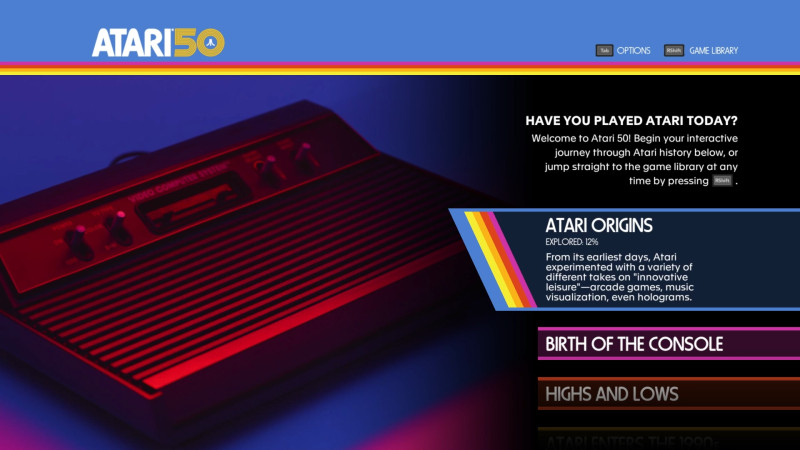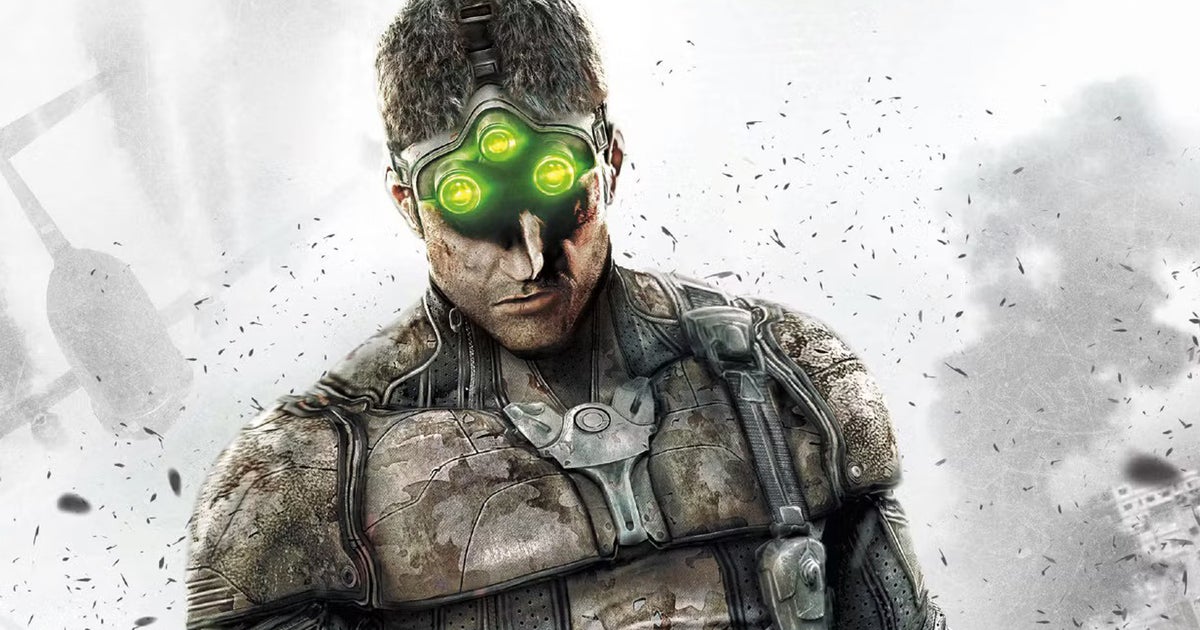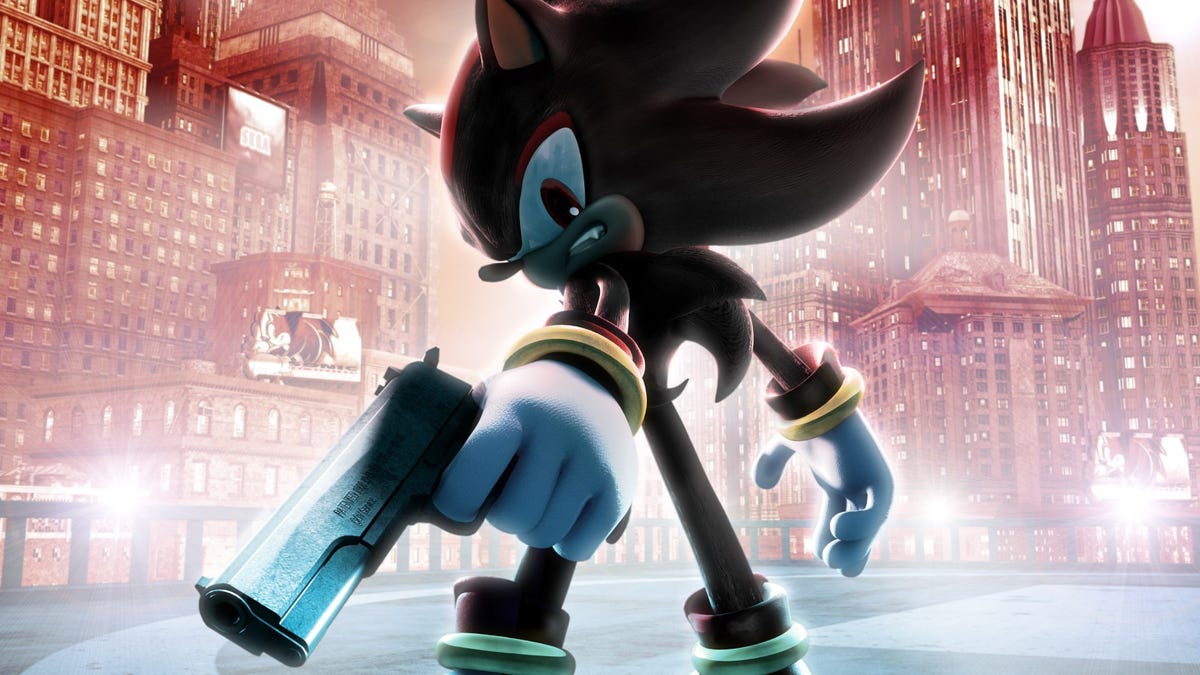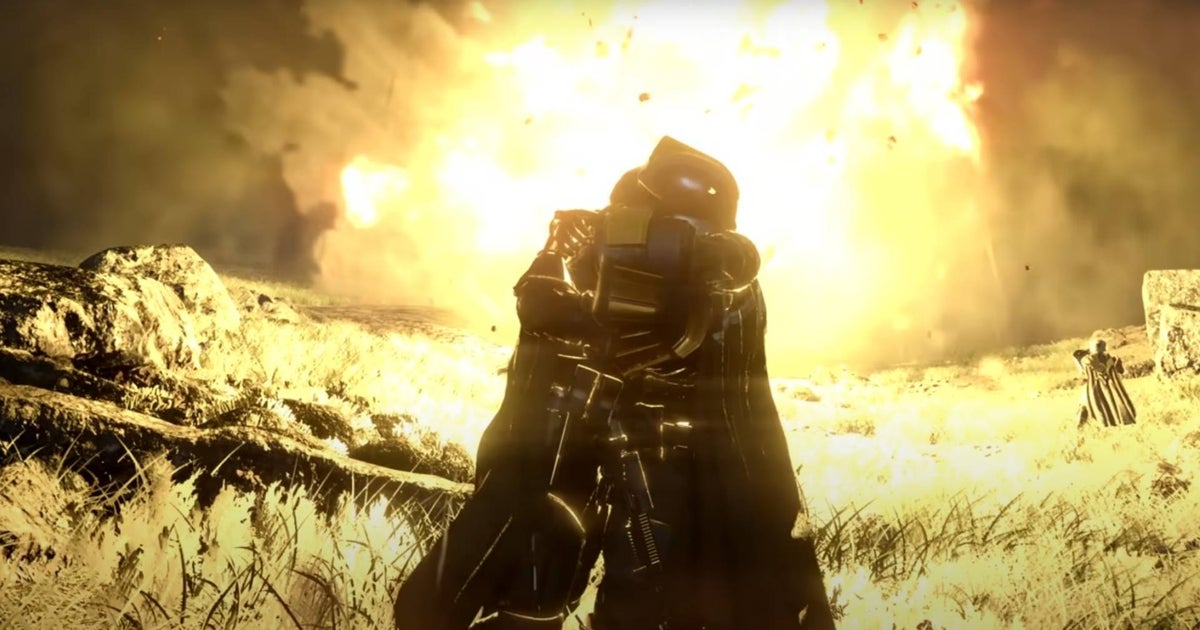On June 27, 1972, Atari as we know it today was born. Well, technically it was born a few months earlier under the Syzygy Engineering name, but that Surname Atari was launched in 1972. I learned these and many other interesting facts about the company from Atari 50: The Anniversary Celebration, Digital Eclipse’s love letter to the gaming giant.
Atari 50 is essentially a playable documentary that takes you through 50 years of Atari gaming, home consoles, handhelds and PCs divided into five distinct timelines. Each of the five timelines focuses on a different aspect of the business, with appointments sometimes running concurrently. Each is packed with videos, images, design documents, and more. It’s a museum exhibit in a box, and a delightful one at that.
This magical history tour features an amazing 103 playable games, from the original 1972 arcade version of Pong through selections from Jaguar and Lynx, Atari’s last home console and handheld respectively. Each is a 1:1 port, as if Digital Eclipse ripped the motherboards off the machines themselves and ported the game to my console. While there are plenty of old favorites like Asteroids, Breakout, and Adventure, I found some of the lesser-known titles, like Quantum and I, Robot, fascinating in their own right.
Not content with simply porting old titles, Digital Eclipse includes a handful of other titles that elevate this collection into the stratosphere. Two separate homebrew games appear in the story, one for the Atari 800 PC and the other for the Atari 2600, showing how much can still be done with older consoles today. It’s rare for a game company to acknowledge the homebrew scene at all, but it’s wonderful for Atari and Digital Eclipse to embrace the community enough to include them here.
However, it’s Digital Eclipse’s own creations that steal the 50th anniversary show. The Reimagined series features seven old-school Atari games that have been reimagined by the team for the modern age, and it’s wonderfully nostalgic to see these older games. Haunted Houses is my favorite reimagining as the defined 3D environment completely changes the original experience. Yars’ Revenge Enhanced is also very good, although not that far from the original.
I must include an important caveat: these are Atari games in their original form, meaning they are as rudimentary as classic games. Some games have the lifespan of a flash in the pan, while others – particularly the multiplayer games – have more to offer. Even the redesigned set, while well done, can only last 15 to 20 minutes per session. Th is is a quick hits collection, and it doesn’t take long to cycle through the 100 games included in the library, which means your mileage may vary from a replayability standpoint.
Outside of the game library, the love and care Digital Eclipse put into this project is unmistakable, as evidenced by some of the relics it included in each of the timelines. The hundreds of photos, old cardboard images, and videos provide an incredible look back at what Atari was at the height of its power. Of particular note are the old television commercials from the 1980s; Seeing a child express their enthusiasm for ET is hysterical in hindsight.
Some of these inclusions go beyond that. Take the Swordquest series, which had three games released and a fourth that was never released. In the past, each game came bundled with a small comic book that not only told the story of the game but also gave hints on how to solve the puzzles within that game. Atari 50 includes each of these comics in their entirety so you can have the full experience and benefit from these pointers.
For this fourth unreleased Swordquest, Digital Eclipse took the design concepts of series creator Tod Frye, built it from the ground up, and included it as one of the seven “Reimagined” games. To say that this collection is thorough is an understatement, and Digital Eclipse’s respect for the source material is noticed and appreciated.
My favorite part of the historical footage are the dozens of video interviews recorded not only by members of the Atari team over the years, but also by other prominent game developers from across the industry. Notable Atari alumni include company founder Nolan Bushnell, Al Alcorn, credited as the creator of Pong, and programmer Eugene Jarvis. Other notable names include Double Fine’s Tim Schafer and Gears of War creator Cliff Bleszinski. Each interview adds new stories, anecdotes and a bit of technical wisdom to the legend of Atari, while giving the entire collection that special documentary feel, with little moments of explanation peppered in a treasure trove of digital artifacts.
With Atari 50: The Anniversary Celebration, Digital Eclipse has set a new benchmark for future historical video game compilations. It’s a digital traveling museum exhibit as the game is bursting at the seams with nostalgia thanks to more than 100 playable games and hundreds of relics from the developer’s vault. While much of the games on offer will pass quickly, those short lifespans can’t detract from the amazing historical value of the Atari 50, and I hope Digital Eclipse has more wings on its Digital History Tour inauguration for years to come.








